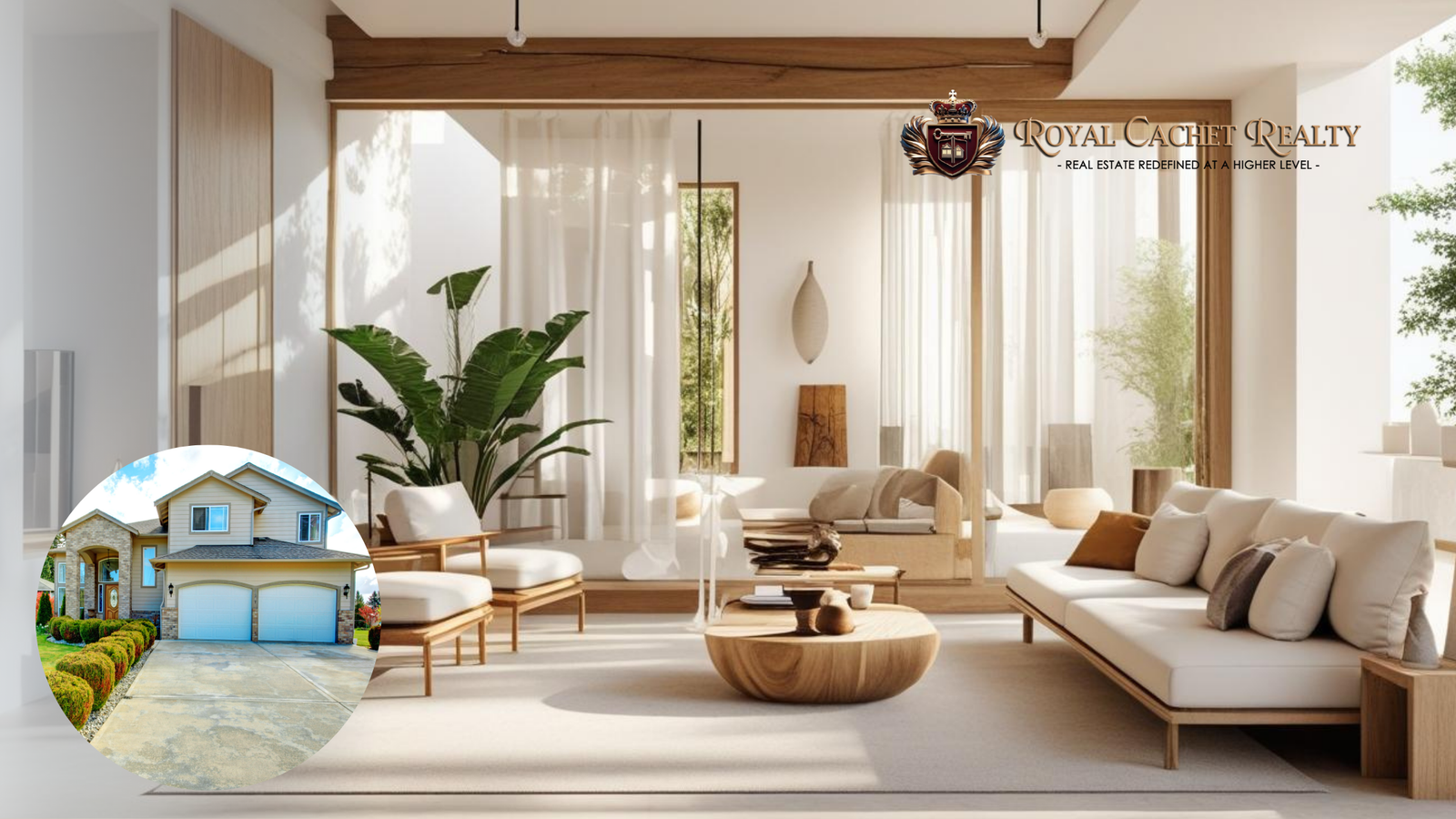 In today's fast-paced world, our homes have become more than just shelters; they are sanctuaries that play a pivotal role in our overall well-being. Wellness home design focuses on creating environments that promote physical health, mental clarity, and emotional balance. Let's explore key elements to consider when designing a home that nurtures the mind, body, and soul:
In today's fast-paced world, our homes have become more than just shelters; they are sanctuaries that play a pivotal role in our overall well-being. Wellness home design focuses on creating environments that promote physical health, mental clarity, and emotional balance. Let's explore key elements to consider when designing a home that nurtures the mind, body, and soul: 1. Prioritize Air Quality and Ventilation
Breathing clean air is fundamental to health. Incorporating advanced air purification systems and ensuring proper ventilation can significantly reduce indoor pollutants, leading to a healthier living environment.
2. Maximize Natural Light Exposure
Sunlight is a natural mood enhancer and a source of vitamin D. Designing spaces with ample windows and skylights allows for abundant natural light, positively impacting mental health and regulating circadian rhythms.
3. Integrate Natural Elements
Bringing nature indoors fosters a sense of tranquility. Utilizing materials like wood and stone, along with incorporating indoor plants, can create a calming atmosphere and strengthen the connection to the natural world.
4. Ensure Ergonomic and Functional Design
Furniture and spaces should be designed to support the body's natural posture and movements. Ergonomic designs reduce physical strain and enhance comfort, contributing to overall well-being.
5. Incorporate Dedicated Wellness Spaces
Allocating areas for activities like yoga, meditation, or exercise encourages regular self-care practices. These dedicated spaces serve as daily reminders to prioritize health and wellness.
6. Utilize Non-Toxic and Eco-Friendly Materials
Choosing materials free from volatile organic compounds (VOCs) and other toxins ensures a healthier indoor environment. Eco-friendly materials not only benefit occupants but also have a positive environmental impact.
7. Optimize Acoustics for Noise Reduction
A quiet home environment minimizes stress and enhances relaxation. Incorporating sound-absorbing materials and thoughtful spatial planning can effectively reduce unwanted noise.
8. Design Flexible and Adaptable Spaces
Life is dynamic, and our living spaces should reflect that. Designing rooms that can adapt to various activities or changes over time ensures that the home continues to meet the occupants' evolving needs.
By thoughtfully integrating these elements, your home can become a sanctuary that supports and enhances your overall well-being.
